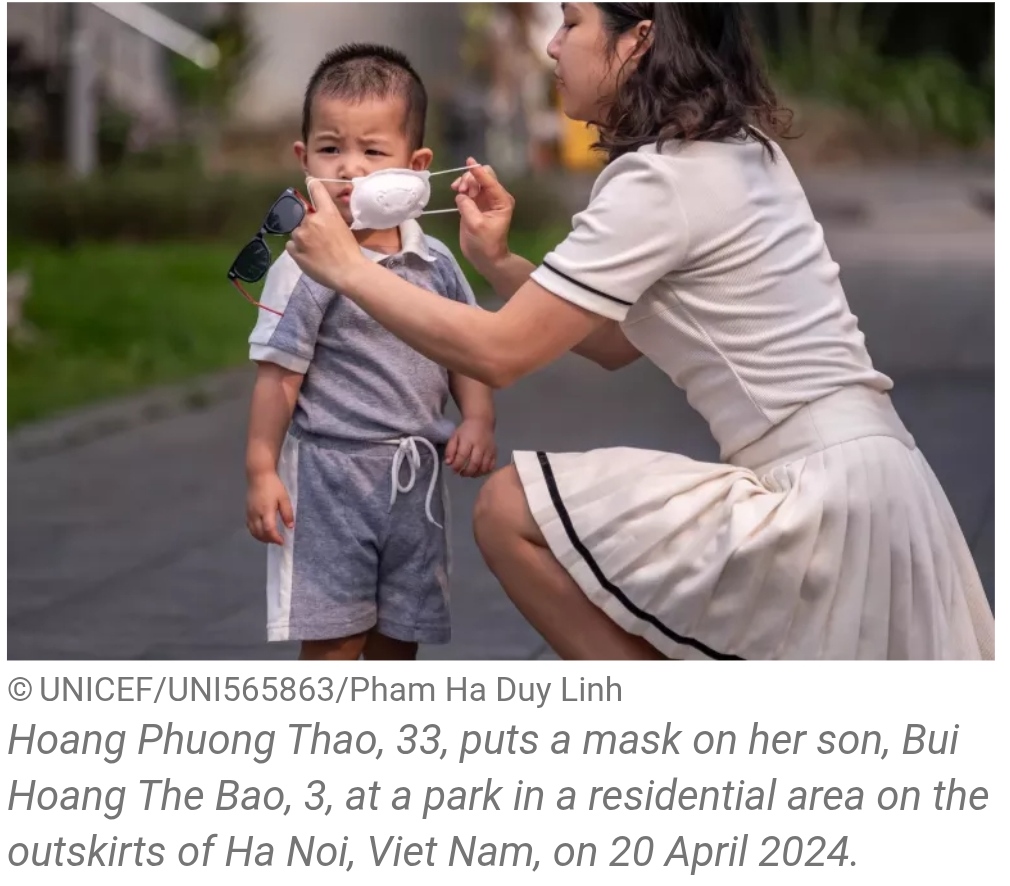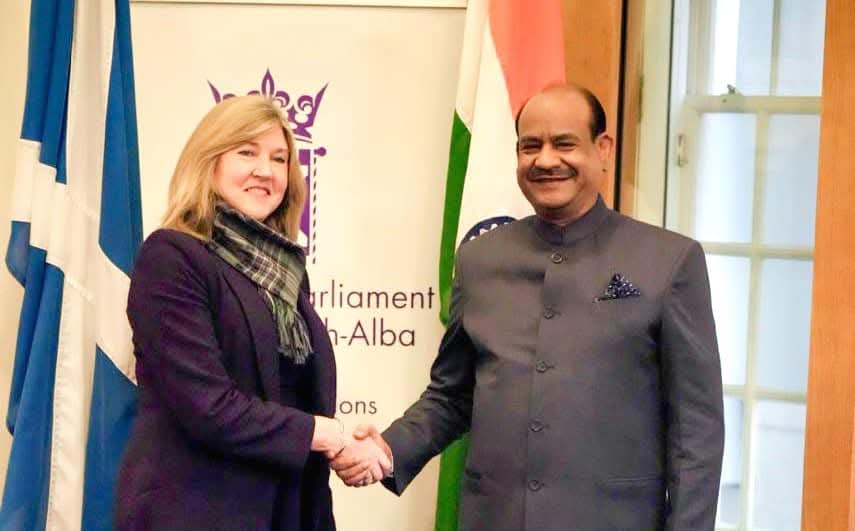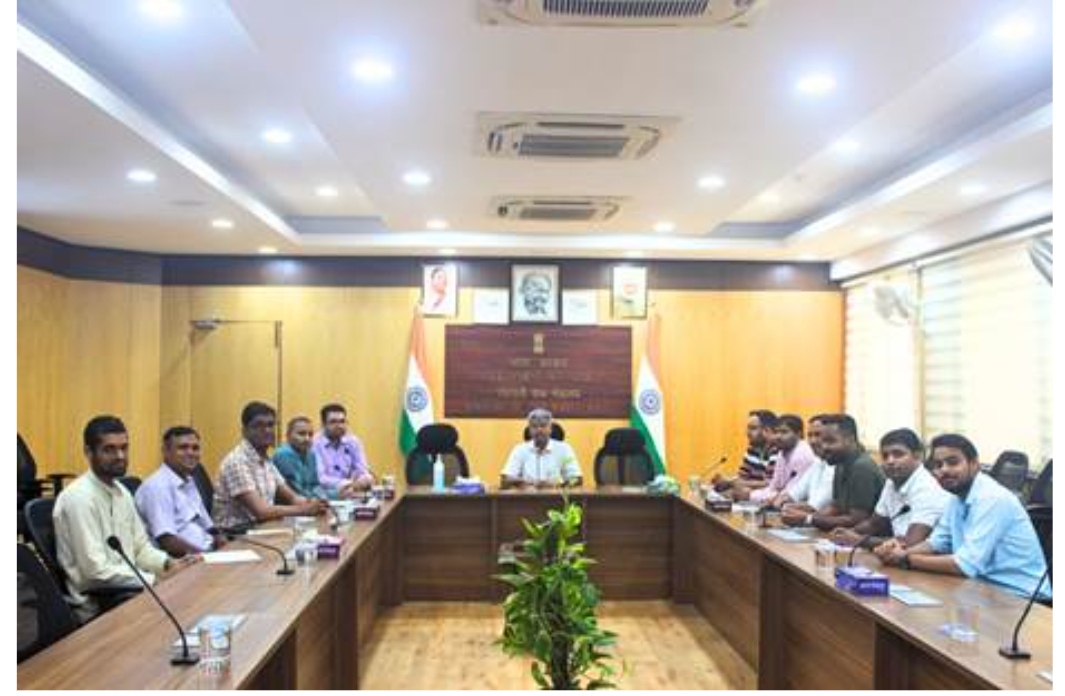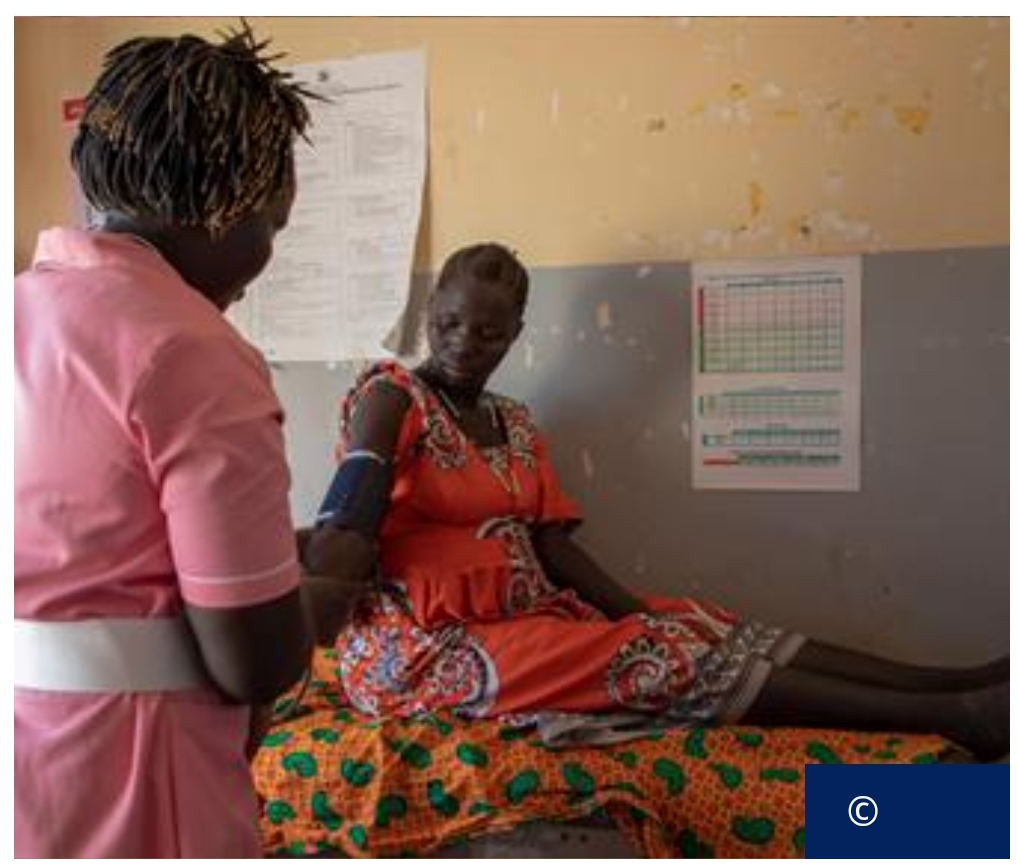Air Pollution in East Asia and the Pacific: A Growing Crisis for Children’s Health and Future, UNICEF Warns.
BANGKOK:
As Bangkok battles unhealthy levels of air pollution, which has led to school closures and rising health concerns, UNICEF has released a stark new analysis revealing the alarming impact of toxic air on children across East Asia and the Pacific. The report underscores the urgency of addressing this environmental crisis, which affects over 500 million children in the region.
The analysis highlights that air pollution is responsible for more than 100 child deaths under the age of five every day in the region, with numbers peaking during the dry season from now until April. The issue is especially critical in countries where household air pollution—largely from solid fuels used for cooking and heating—contributes to more than half of all air pollution-related deaths in children under five.
Furthermore, the report reveals that 325 million children live in countries where average annual particulate matter (PM2.5) levels exceed the World Health Organization (WHO) guidelines by more than five times. Additionally, 373 million children are exposed to dangerous levels of nitrogen dioxide (NO₂), while 91% of children in the region breathe air with ozone pollution exceeding WHO guideline limits.
“Every breath matters, but for too many children, every breath can bring harm,” said June Kunugi, UNICEF Regional Director for East Asia and the Pacific. “The air they breathe, at a time when their bodies and minds are still developing, often contains unhealthy levels of pollution that can compromise their growth, harm their lungs, and impair their cognitive development.”
The impact of air pollution is far-reaching, affecting every stage of a child’s life. From the womb, children face risks of premature birth and low birth weight. As they grow, children are particularly vulnerable to respiratory issues such as asthma, lung damage, and developmental delays, with young children breathing more rapidly and being closer to ground-level pollutants like vehicle exhaust. Low-income children living near factories or highways are disproportionately affected by these conditions.
Air pollution also has a profound economic impact on the region. School closures, frequent illness, and hindered brain development are taking a toll on education, while parents caring for sick children are losing income. The World Bank estimates that air pollution from PM2.5 caused more than $2.5 trillion in costs to East Asia and the Pacific in 2019, accounting for nearly 9.3% of the region’s GDP.
In response to this crisis, UNICEF is urging governments, businesses, the health sector, parents, and educators to take urgent action to reduce air pollution and its effects on children. Key recommendations include:
- Governments must strengthen climate and environmental policies, transition to clean energy, and enforce WHO-aligned air quality standards.
- Businesses should adopt clean technologies, reduce emissions, and ensure their practices prioritize children’s health and safety.
- The health sector must improve detection and treatment of air pollution-related diseases, while adopting sustainable, net-zero operations.
- Parents and educators must raise awareness, advocate for cleaner environments, and empower young people to take action.
UNICEF is already working with governments, businesses, and communities across East Asia and the Pacific to tackle the issue, with initiatives such as promoting cleaner cooking and heating systems, improving air quality monitoring, and strengthening healthcare systems to address pollution-related illnesses.
“Addressing air pollution will lead to enormous improvements in children’s health, education, and well-being, with ripple effects across entire societies and economies,” Kunugi emphasized. “The solutions exist, and our collective future depends on implementing them.”




